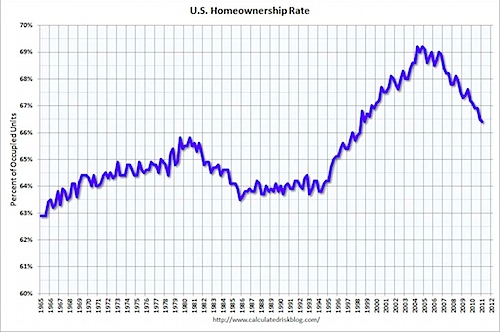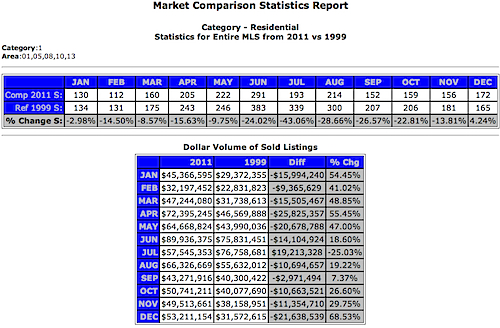“Normal” is “now”.
– Human settlement patterns (where people are living and working)
– Gas prices
– Expectation of permanence/transience
– Interest rates
– Property tax rates
– Monetary supply
– The internet’s availability and impact
Those are just a few of the ways that 1999 differs from 2011, and makes application of “normal” challenging.
Here’s something that hasn’t changed – people need homes. Buying a house is a choice, and one that comes with greater responsibility than renting – you’re accepting on the maintenance, the permanence, the mortgage, the community, the risk. If you’re not ready for those, don’t buy a house. If you’re ready to buy a home, do your due diligence and consider it.
“New normal” is a shifting term, applicable to virtually every evolving industry.
Heck, I’ve been seeking “new normal” for years.
But I thought I’d look at the data and briefly compare the 1999 Charlottesville area real estate market with the 2011 one … keeping in mind that so many things are different, thus negating in a lot of ways the comparisons.






